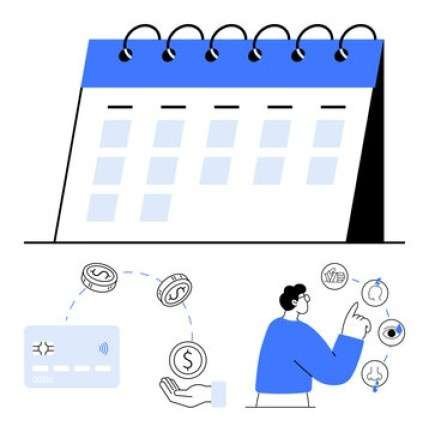After sight refers to a term commonly used in financial transactions, particularly in bills of exchange and promissory notes. It specifies the period of time after the document is presented to the drawee (the person or entity obligated to pay) before the payment becomes due. This term is crucial in determining when the payee (the party to whom payment is owed) can expect to receive payment, providing clarity on the maturity date of the instrument.
Table of Contents
Key Aspects of After Sight
1. Definition and Usage
- Definition: After sight indicates the number of days or a specific time period after the drawee acknowledges the bill or note before it becomes payable.
- Usage: It is commonly used in negotiable instruments to specify the maturity date based on when the drawee accepts or acknowledges the obligation to pay.
2. Example Scenario
- Scenario: A company issues a promissory note to a supplier for a loan. The note specifies payment “30 days after sight.”
- Explanation: This means that the 30-day period starts from the date the drawee (the company) acknowledges the receipt of the note, not from the date it was issued.
3. Key Points to Note
- Timing: After sight terms are activated upon the acceptance or acknowledgement by the drawee, not upon issuance of the instrument.
- Legal Implications: It affects the maturity date and the legal obligation to pay, defining when the payee can legally demand payment.
- Negotiability: These terms can affect the negotiability of the instrument in financial markets and impact the credit terms agreed between parties.
Detailed Explanation and Examples
4. Understanding the After Sight Clause
- Clause Definition: An after sight clause may specify a certain number of days (e.g., 30, 60) or state “at sight” meaning immediately upon acceptance.
- Application: It applies to bills of exchange, promissory notes, and other financial instruments where payment terms are contingent on the drawee’s acknowledgement.
5. Practical Application in Financial Instruments
- Bill of Exchange Example: A bill may state “30 days after sight.” If presented on June 1 and accepted on June 5, the payment would be due 30 days after June 5.
- Promissory Note Example: A note may specify “60 days after sight.” If acknowledged on April 15, payment would be due 60 days after April 15.
Importance and Benefits
6. Clarity and Legal Certainty
- Clear Terms: After sight terms provide clarity on payment dates, reducing ambiguity in financial transactions.
- Legal Certainty: They establish the legal obligation and timeframe for payment, protecting the rights of both parties involved.
7. Risk and Management Considerations
- Risk Management: Understanding after sight terms helps manage cash flow and liquidity, anticipating payment dates accurately.
- Contractual Obligations: Ensures compliance with agreed payment terms, preventing disputes over payment deadlines.
Conclusion
After sight is a fundamental concept in financial transactions that determines the maturity date of bills of exchange and promissory notes based on when the drawee acknowledges the obligation to pay. It provides clarity and legal certainty regarding payment timelines, influencing cash flow management and financial planning for businesses and individuals alike. Understanding the implications of after sight terms is essential for stakeholders involved in negotiable instruments to ensure compliance with contractual obligations and facilitate smooth financial transactions.
Reference
For further exploration of after sight terms and their applications in financial instruments, refer to legal and financial textbooks, guides on negotiable instruments, and specific jurisdictional regulations governing payment terms and obligations. Consulting with legal and financial professionals can also provide practical insights and advice tailored to specific transactional contexts and regulatory frameworks.





